
Going Foreign
by Barry Pickthall
978 1 4081 2675 2

Reeds Skippers Handbook, 6th edition
by Malcolm Pearson
978 1 4081 2477 2

Instant Weather Forecasting, 4th edition
by Alan Watts,
978 1 4081 2675 2
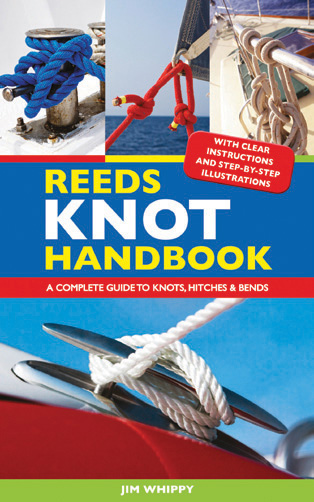
Reeds Knot Handbook
by Jim Whippy
978 1 4081 3945 5
BUYING A YACHT
NEW OR SECOND-HAND
BARRY PICKTHALL

Published by Adlard Coles Nautical
an imprint of Bloomsbury Publishing Plc
50 Bedford Square
London
WC 1B 3 DP
www.adlardcoles.com
First edition published 2012
Copyright Barry Pickthall 2012
Print ISBN 978-1-4081-5418-2
Epub ISBN 978-1-4081-5926-2
uPDF ISBN 978-1-4081-5594-3
All rights reserved. No part of this publication may be reproduced in any form or by any means graphic, electronic or mechanical, including photocopying, recording, taping or information storage and retrieval systems without the prior permission in writing of the publishers.
The right of the author to be identified as the author of this work has been asserted by him in accordance with the Copyright, Designs and Patents Act, 1988.
A CIP catalogue record for this book is available from the British Library.
This book is produced using paper that is made from wood grown in managed, sustainable forests. It is natural, renewable and recyclable. The logging and manufacturing processes conform to the environmental regulations of the country of origin.
Printed and bound in India by Replika Press Pvt Ltd.

It could be one of the most expensive purchases you make
 Look before you leap
Look before you leapBuy the right boat for your needs and you will be a happy boat owner. Dont fall into the trap of allowing your heart to rule your head by falling in love with the first boat you see, and then regretting the purchase. This book provides a step-by-step guide to buying a yacht, new or second hand, it steers you around the hidden pitfalls, provides money-saving advice and helps you to select one that will give you years of enjoyment.
TIP
If you are buying though a dealer or from stock, check that the company operates a client account, and make payments directly to that account name.

 Ten questions to ask yourself before signing the cheque
Ten questions to ask yourself before signing the cheque
1. Who will use the yacht?
2. How will you use her?
3. How often will the yacht be used?
4. Where will you operate her?
5. What is your budget?
6. What type of yacht will best suit your temperament?
7. Which construction type should you opt for?
8. Where should you base her?
9. Should you opt for single or shared ownership?
10. Should you charter her?
 This book takes you through the thought processes that will lead to the right type of boat for you at the right price.
This book takes you through the thought processes that will lead to the right type of boat for you at the right price.

1. Who will use the yacht?
Just family, or will you have friends onboard? This can have a bearing on size and interior layout
2. How will you use her?
Day sailing?
Racing?
Weekend cruising?
Week-long excursions?
Extended cruising?
3. How often will the yacht be used?
Seasonally or year-round?
4. Where will you operate her?
Estuary/inshore sailing?
Offshore?
Transocean?
Live aboard?
5. What is your budget?
Determine what you can afford, including ongoing costs.
These include:
Mooring fees
Insurance
Registration fees
Safety equipment
Annual maintenance including lift-outs for scrubbing
Sailing instruction courses

6. What type of yacht will best suit your temperament?
Are you competitive by nature, or prefer to cruise leisurely from one destination to the next?
If you plan to race, then performance may take priority over interior comforts.
For cruising, seaworthiness, ease of handling and protection from wind and waves will be of most importantance.
7. What construction type should you opt for?
Fibre reinforced plastic
Wood
Aluminium
Steel
Ferro-cement
8. Where to base her?
On a trailer at home
Swinging mooring
Trots
Marina
9. Single or shared ownership
: Fully owned
Shared with family
Shared with partner(s)
Consortium
10. To buy or charter?
Divide the number of days that you anticipate using the yacht by the annual budget. It may prove much cheaper to charter.
Almost certainly, the right boat is out there waiting for you. Selecting her will involve emotional and practical considerations. I yearn to own a Morgan sports car but also need a vehicle to carry young grandchildren, as well as a tool chest, down to the boat yard during winter months, and to be able to throw a lawnmower in the back. A two-seater cannot cope with any of that. Buying a yacht requires the same practical thought processes.
 Design
DesignRacing, they say, improves the breed, and this is certainly the case with yacht design, which in five decades, has progressed from traditional narrow, heavy displacement hulls with integral keel and rudder profiles to much more efficient wide beam, light displacement forms with all manner of keel and rudder configurations. The greater volume within modern designs, developed to increase form stability and improve performance off the wind, has the practical benefit for cruising in providing more volume below, allowing for bigger berths, a fully fitted galley and heads (toilet), even in the most modestly sized yachts.
Next page


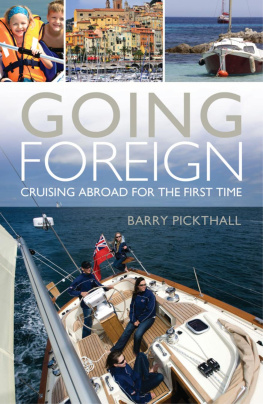
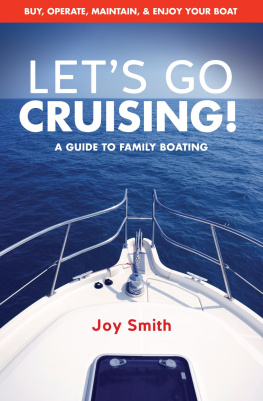

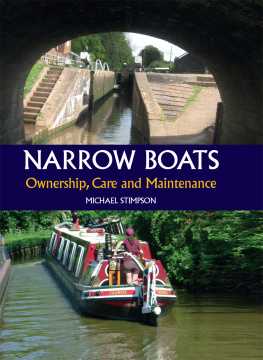
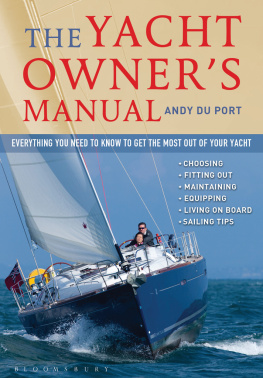
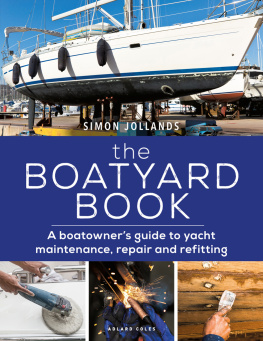

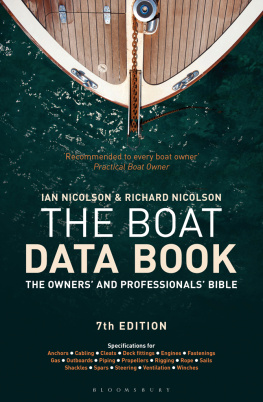
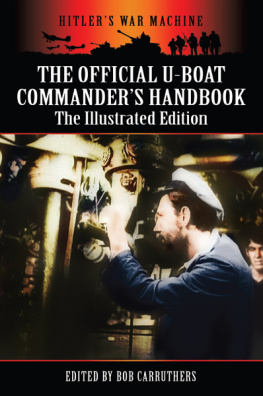







 Look before you leap
Look before you leap
 Ten questions to ask yourself before signing the cheque
Ten questions to ask yourself before signing the cheque

 Design
Design